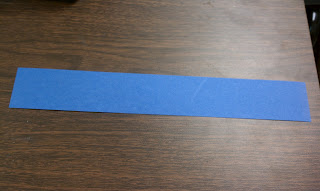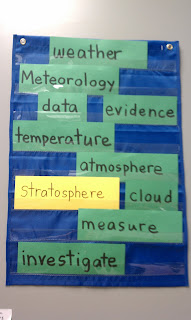The Republican Brain
“Why are today’s liberals usually right , and today’s conservatives usually wrong ?” To answer this question, asserts Chris Mooney, we need to explore “the emerging science of the political brain” (7). The result is Mooney’s latest book, The Republican Brain: The Science of Why They Deny Science—and Reality (New York: Wiley, 2012). Basically, Mooney sets out to explain what he sees ( and has seen before ) as Republican aversion to science by using the object of that very aversion–namely, various studies from the mind and social sciences. I won't go into too much detail on the book's argument, but a key question for Mooney is whether the split between “liberal” and “conservative” that runs through the book constitutes an a priori category of analysis and, if so, whether it’s a legitimate one. For Mooney, “conservatives” (and their opposite) are real, set apart by a deep, psychological “resistance to change,” which is tied to “less Openness to Experience (and other rel...








